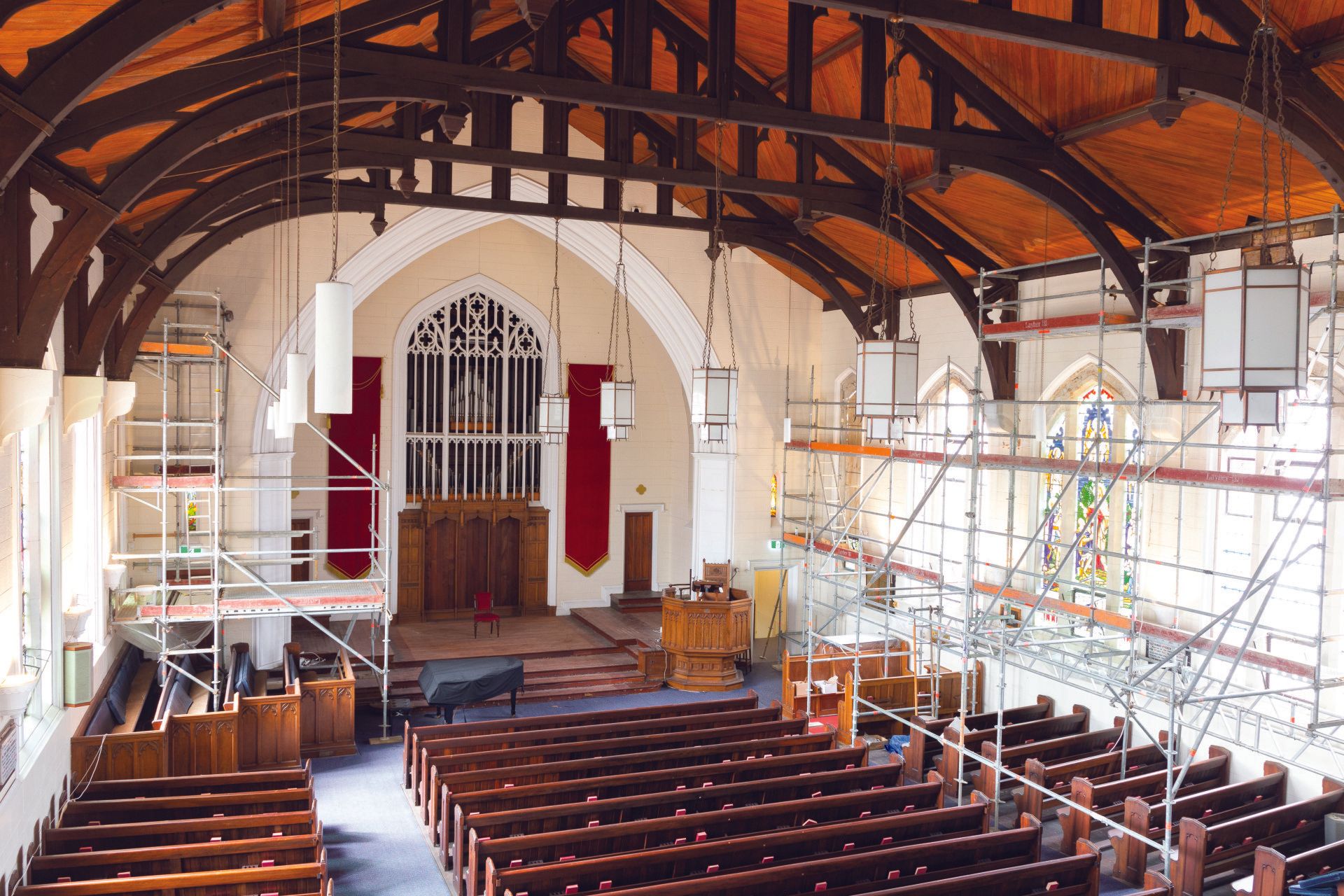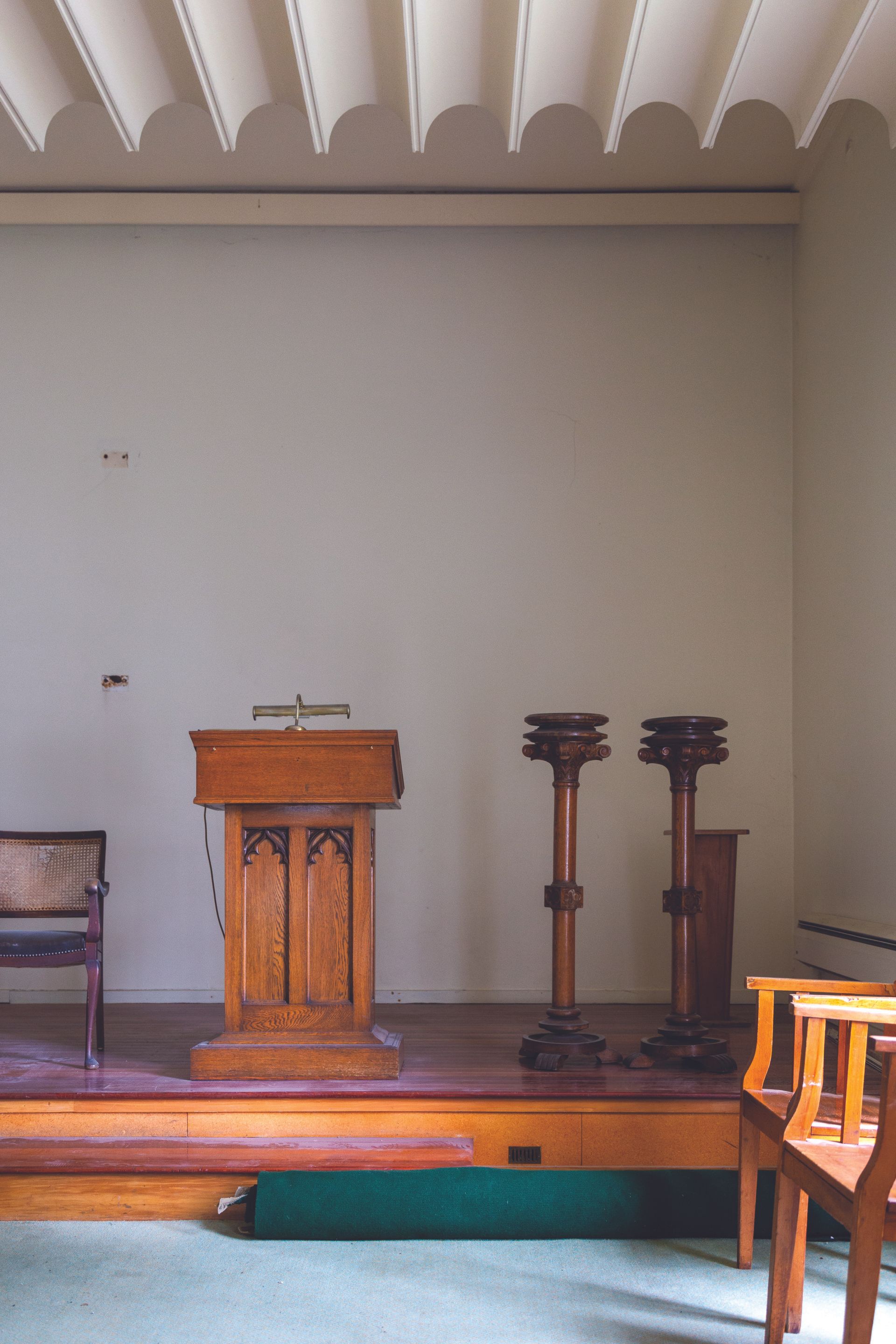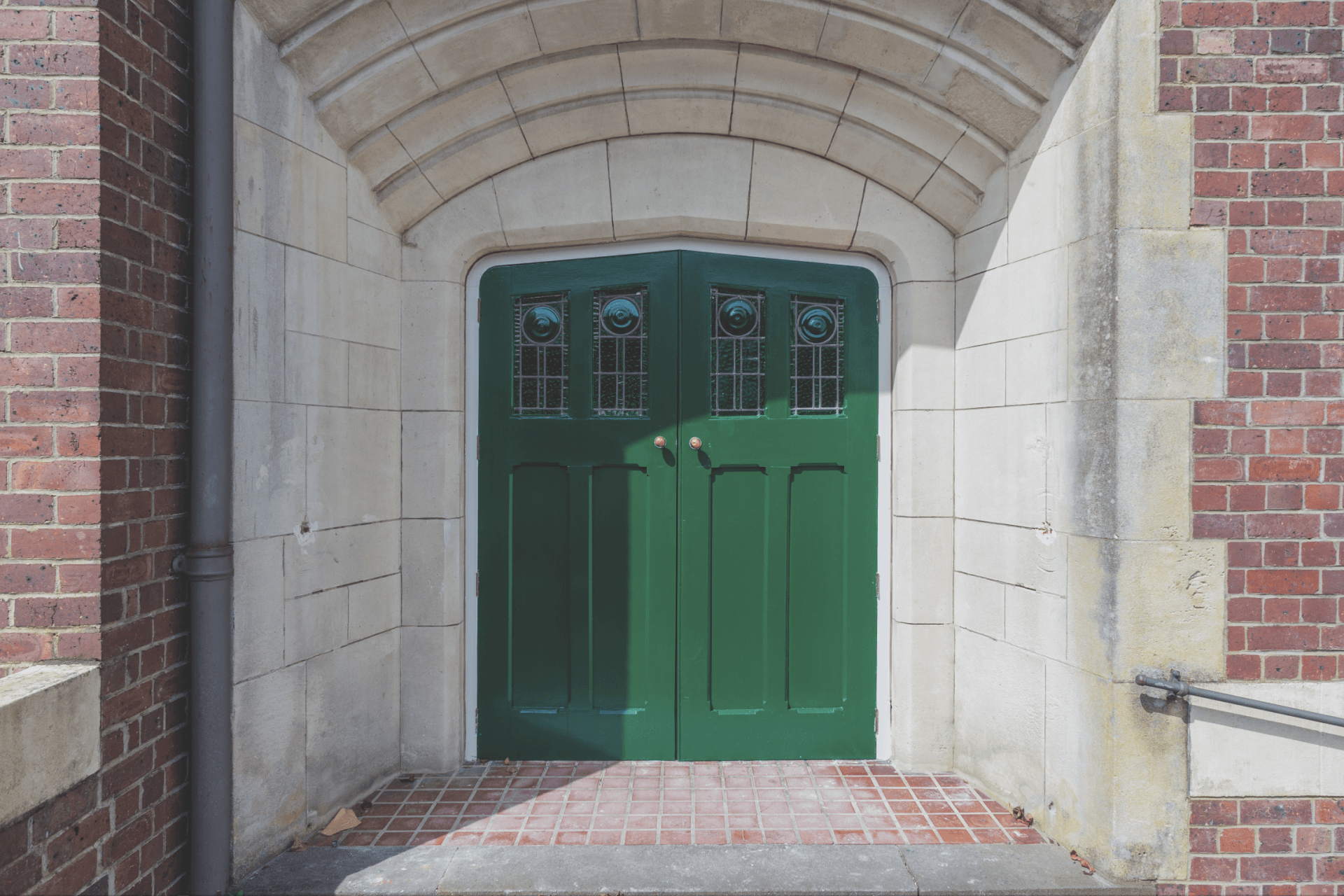
Community and creativity emerge
Words: Suzanne McNamara
St David’s Church, whose slab was laid on Anzac Day 1927, has been saved from demolition by individuals and trusts throughout Aotearoa, New Zealand and the aim of Friends of St David’s Trust, newly named Kāhui Rangi Pūpū, is not only to retain its original purpose as a living memorial and place for New Zealand soldiers, but to open its doors to the community and become a much-needed acoustic music centre.
To call Paul Baragwanath a man on a mission minimises the enormous energy he brings to the church’s restoration. It’s a monumental project and he has been at the forefront, from forming Friends of St David’s Trust for the original purchase of the building through to the restoration that is currently underway.
Paul says he doesn’t know what prompted him back in 2014 when driving up Khyber Pass to randomly visit the church in which he was baptised. Bumping into a clergyman, he discovered the building was in poor condition and the Presbyterian Church, unable to afford the upkeep, had slated it for demolition by Christmas.
Paul says he couldn’t let that happen to another significant historical building. “I lived through the 1980s and saw the demolition of His Majesty’s Theatre and so much of the fabric of our city that made it a very beautiful place. There is relatively little left.”
He thought he could tell some people and someone would pick up the project, because who would want to see it demolished? “But eight years later, I am still here. I guess I felt if I didn’t take responsibility for it, who would?”
Finding the money to buy the church was just the first step; the magnitude of the restoration is presenting a huge challenge. “We have had some fantastic support for what we have been doing, but we need a lot more. The philosophy is to do an absolute minimum to retain the history, integrity and beauty of the place. But also, it’s just a financial necessity. We don’t have the money.”
After researching the condition of the building, the project started with replacing or repairing lintels, leadlight windows, Ōamaru stone window surrounds, painting and carpets. But there is an endless list of things to do.
The good news is most of the brickwork is in great condition. But that’s where it ends. Paul describes the Ōamaru stone window surrounds as “melting like ice cream”. The restoration of the stone includes flying the best Ōamaru stone mason up from Christchurch to undertake a delicate operation that keeps the leadlight windows intact: “You need the best experts and the best craftspeople who know what they are doing.”
During Auckland’s wettest winter, it took 10 buckets and a children’s paddling pool to capture the leaks from the north slate roof. After three goes at trying to fix it, the Friends of St David’s Trust became resigned to fully replacing the roof. Paul describes it as “enormously challenging”.

Once a chapel, the North Hall is a smaller event space and will eventually be for hire.
“But if you look at the other option, it would have been demolished. If the trust hadn’t done this, it would have been a car park by now.” Instead, St David’s has become a category 1 historic building after a very long, time-intensive and expensive process. Category 1 is given to buildings and places that are of special or outstanding historical or cultural significance or value.
St David’s will no longer be a working church, instead becoming a place to serve the diverse needs of the Auckland community.
Paul emphasises this purpose. “Community is the fabric of our society, so without places like this, what do we have? I believe in the historical heritage of our city and also in places of beauty that uplift the human spirit. Places like this bring the community together.”
Once the church reaches its final destination of becoming a community and music centre, the financial model of running it will be self-sustaining. Meanwhile, Kāhui Rangi Pūpū needs all the help it can get to realise the church’s great potential.

Above: The restored original 1927 entry doors featuring leadlights have been painted a regal Scottish pounamu green to honour the history of the church and to signal its future as Kāhui St David’s. B
Kāhui St David's
